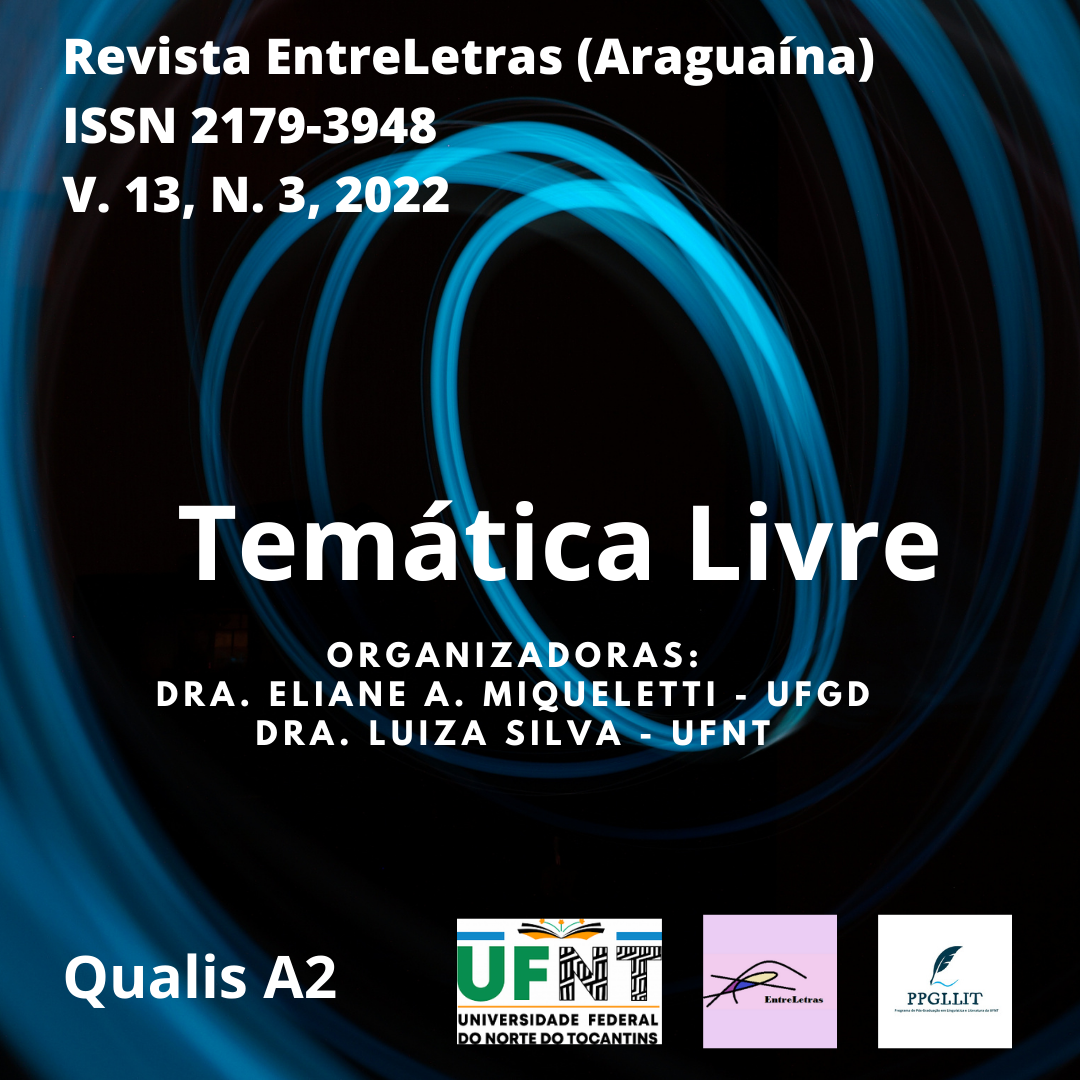EMPATHY AND COMPASSION
THE PLACE OF MEMORY
DOI:
https://doi.org/10.20873/uft2179-3948.2022v13n3p139-155Keywords:
empathy, photography, testimony, memory, politicsAbstract
From the humanitarian crisis in Syria to its representation through the photograph of the little Aylan Kurdi – a Syrian boy of Kurdish ethnicity, found dead on a beach in Turkey – we think in this article the testimony through the aesthetics of the image and its impact in denouncing barbarism, as well as the human challenge of connecting with others in building lasting bonds through dialogue based on empathetic interaction and in tune with reparation. From the levinasian perspective of an ethics of responsibility, in a world connected to the internet, we understand how empathic sensitivity, when in the domain of the image, creates a relationship of similarity with the other, and even creates conditions to think like the other and about the other. another, either to succeed in mediating conflicts, or to reflect on the use of photography (also) as a place of memory.
Downloads
References
ASCHHEIM, Steven E. The (Ambiguous) Political Economy of Empathy. IN: ASSMANN, Aleida & DETMERS, Ines. Empathy and its Limits. New York: Palgrave Macmillan London, 2016
ASSMANN, Aleida & DETMERS, Ines. Empathy and its Limits. New York: Palgrave Macmillan London, 2016.
ASSMANN, Aleida. Espaços da Recordação: formas e transformações da memória cultural. Tradução Paulo Soethe. São Paulo: Editora da Unicamp, 2011.
FRANCE24. Bodrum, an illegal gateway into Europe. 30/06/2015. Disponível em: <http://www.france24.com/en/20150630-turkey greece- bodrum-illegal-immigration-refugees-syria-asylummigrants-europe>.
G1. Entenda a situação de países de onde saem milhares de imigrantes à Europa. G1, Mundo, 04/11/2015. Disponível em: <http://g1.globo.com/mundo/noticia/2015/08/entenda-situacao de-paises-de-onde-saem-milhares-de-imigrantes-europa.html>.
https://www.pragmatismopolitico.com.br/2015/09/a-historia-de-aylan-kurdi-o-menino-da-foto-que-fez-o-mundo-chorar.html Acesso em: 20/12/2022.
LEVINAS, Emmanuel. La huella del outro. México: Taurus, 1998.
LIMA, S. F. de, & CARVALHO, V. C. de. (2018). Circuitos e potencial icônico da fotografia: o caso Aylan Kurdi. Estudos Ibero-Americanos, 44(1), p. 41–60. https://doi.org/10.15448/1980-864X.2018.1.27676
NAGAYAMA, Eda. Testemunhos de um trauma cultural contemporâneo: Aylan Kurdi e os deslocamentos migratórios. Revista Cultura e Extensão, USP, São Paulo, n. 15, p. 30, set. 2016.
NORA, Pierre. Entre memória e história: a problemática dos lugares. Projeto História: v. 10, JUL./DEZ. HISTÓRIA E CULTURA. Tradução: Yara Aun Khoury, 1993.
SELIGMANN-SILVA, Márcio. O testemunho como chave ética. YouTube, 29 de abr. de 2018. Disponível em: https://www.youtube.com/watch?v=08RKcZ5qfx8. Acessado em 10/01/2023.
VIS, Farida. Examining the hundred most shared images of Aylan Kurdi on Twitter. In: Vis, F.; Goriunova, O. (Eds.). The Iconic Image on Social Media: A Rapid Research Response to the Death of Aylan Kurdi. Visual Social Media Lab December. Sheffield/UK: University of Sheffield, 2015. Disponível em: <http://visualsocialmedialab.org/projects/the-iconic-image-on-socialmedia>. Acessado em 18/01/2023.
Downloads
Published
How to Cite
Issue
Section
License
Copyright (c) 2023 EntreLetras

This work is licensed under a Creative Commons Attribution 4.0 International License.
Os autores mantêm os direitos autorais e concedem à revista o direito de primeira publicação, com o trabalho simultaneamente licenciado sob a Creative Commons 4.0 que permite o compartilhamento do trabalho com reconhecimento da autoria do trabalho e publicação inicial nesta revista.
Os autores têm autorização para assumir contratos adicionais separadamente, para distribuição não-exclusiva da versão do trabalho publicada nesta revista (ex.: publicar em repositório institucional ou como capítulo de livro), com reconhecimento de autoria e publicação inicial nesta revista.










